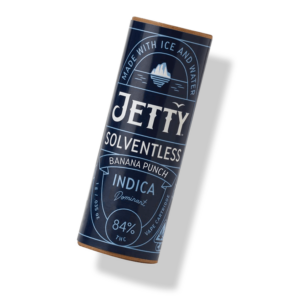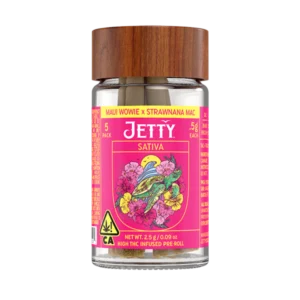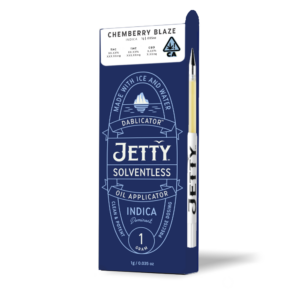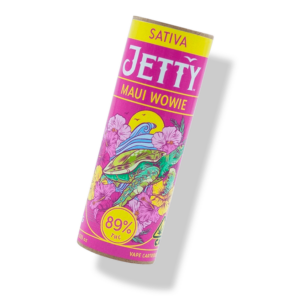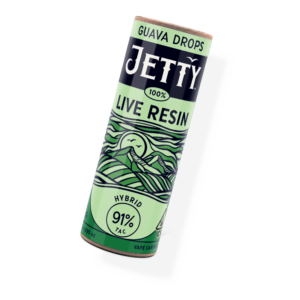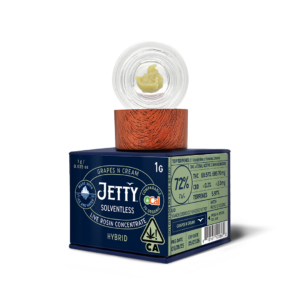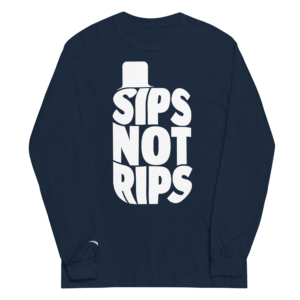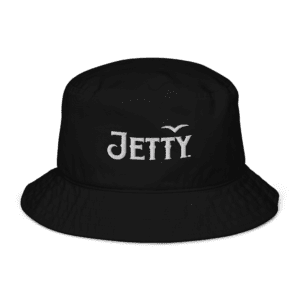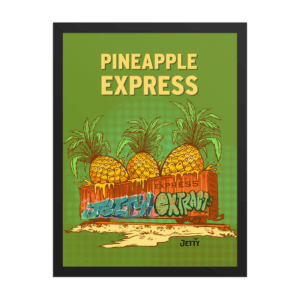- Products
Shop by Type
Shop by Collection
The stickiest, frostiest buds made into your favorite Live Rosin and Live Resin extracts. - Shop
Shop
Find a demo near you for exclusive discounts, product information, free Jetty swag and more! - Merch
Shop by Category
- Learn
LEARN
Learn more about Shelter Project and our Compassion Strains supporting non-profit partners.
- Blog
- Partners
Partners
JETTY STORIES
Lorem ipsum dolor sit amet, consectetur adipiscing elit, sed do eiusmod tempor incididunt ut labore et dolore
magna aliqua. Ut enim ad minim veniam, quis nostrud. You can see our full line up here.
magna aliqua. Ut enim ad minim veniam, quis nostrud. You can see our full line up here.
October 12, 2022
Posted in Cannabis News
SHARE THIS
Share on facebook
Share on linkedin
Share on twitter
Cannabis compounds boast a large variety of phytocannabinoid contents, totaling more than 120. These chemicals affect the human endocannabinoid biological system, which features intricate cell signaling and is integral to the body even without cannabis products, such as live resin cartridges in the Bay Area. The most well-known and understood cannabinoids are CBD, or cannabidiol, and THC, also known as tetrahydrocannabinol. While these powerhouse components can be taken for their individual effects, using them together with the plant’s natural terpenes, minor cannabinoids, and flavonoids can be beneficial, as with the use of unrefined live resin concentrates in the Bay Area. The synergistic result, known as the Entourage Effect, is the focus of countless modern products intended to provide consumers with a more complete experience.
Therapeutic Effects
Cannabis products containing the full range of aforementioned components, which are typically more natural, are often referred to as full-spectrum or whole-plant. Using these rich goods, such as live resin concentrates in the Bay Area, their varied compound contents can act on the brain and nervous system’s endocannabinoid receptors. This phenomenon is considered to be as efficient as the links between the endocannabinoid system and internal cannabinoids in the body. This is believed to be a primary reason marijuana can have a widely beneficial influence when used.
Some of the most convincing evidence for the Entourage Effect came about through studies on the pain treatment Sativex, made of THC and CBD, for multiple sclerosis and cancer. After giving the medicine, pure THC, and a placebo to different patients, 40 % of those receiving the actual medicine reported a high level of relief. This proved that CBD can have a strong effect on treatment success, as the pure THC was at an equal dosage to that of the treatment. A further study in 2018 showed that epilepsy patients had fewer seizures using extract products featuring a healthy mix of cannabinoids and terpenes, outperforming those based on pure CBD alone. The former medicine was shown to help 71% of consuming patients, versus 46%.
Along this same line, a 2011 study review published in the British Journal of Pharmacology piqued readers’ interest in the natural properties of cannabis. The article indicated that the interactions between phytocannabinoids and terpenes could be useful in helping patients with anxiety, inflammation, pain, cancer, epilepsy, and fungal infections.
CBD Can Temper THC
The aforementioned medical treatment, Sativex, was further shown to balance out and prevent psychotic symptoms from incurring, indicating that CBD has a calming effect on THC. In 2016, an additional study paid close attention to a group of subjects who smoked purely THC products and those that contained THC with CBD, like live resin in the Bay Area. The cannabis retaining both compounds did not spur any of the cognitive issues that pure THC did, including issues relating to memory. For both studies, the researchers concluded that CBD possesses the unique ability to modify how THC binds with the cannabinoid receptors of the brain. The 2011 article featured in the British Journal of Pharmacology used data on human and rat subjects to demonstrate that CBD reduces THC-induced hunger, sedation, and anxious feelings.
Phytochemicals and the Brain
While conversations about the Entourage Effect often focus on THC and CBD, the terpene and phenolic phytochemicals in marijuana play an important role. As one of the most readily available and abundant molecules in nature, terpenes are structurally and functionally crucial in numerous life forms. The varieties found in cannabis plants are responsible for providing strains with unique aromas and tastes. Given the lipophilic qualities of terpene molecules, they interact smoothly with the fatty tissues of the blood-brain barrier, reinforcing their beneficial effects.
Linalool is one such terpene, which has been shown to positively impact brain function, reversing damage to spatial memory capacity in patients with dementia. The compound is also known to help prevent further damage from occurring in patients, along with issues relating to inflammation in the brain and motor function. Another monoterpene, Alpha-pinene, lends an aroma similar to pine in cannabis strains and holds similar benefits for those suffering from diseases like Alzheimer’s. As with live resin cartridges in the Bay Area, inhallation has also been found to aid in the signaling of major neurotransmitters, assisting with conditions like anxiety and sleep deprivation. Along the same lines as the aforementioned compounds, Beta-caryophyllene is believed to reinforce pro-cognitive function, exhibiting anti-depressant, anti-inflammatory, and neuroprotective benefits.
Phenolic acids are another group of compounds present in cannabis. Flavonoids, also prevalent in tea, fruits, vegetables, and wine, fall under this category. Anthocyanins, perhaps best known for their ability to lend colors to plants, are a type of flavonoid also contained within cannabis makeup. These phenolic acids, just like terpenes, are appreciated for their ability to lend consumption with neuroprotective, pro-cognitive, and anti-inflammatory properties.
Ratio Considerations
As every consumer’s goals and propensities are unique, the ideal ratio and concentrations of each THC and CBD vary between individuals. In products like live resin in the Bay Area, cannabis optimal for certain conditions, like nausea, will have a different makeup than that for issues like muscle pain or anxiety. As each compound can present different side effects, like unwanted psychoactive effects in THC and diarrhea in CBD, each consumer should do their research beforehand and be aware of any other drug interactions.
Furthermore, as much evidence as there is to support the superiority of the Entourage Effect, using CBD alone is still a good option for those who want to avoid THC altogether. Full-spectrum CBD goods often contain a little THC, up to .3%, but isolated CBD could be the right choice for consumers interested in cannabinoids other than THC for their health benefits.
Related
Cannabis News
Popular
September 29, 2025
September 28, 2025
September 17, 2025
Related

VAPE
The cleanest, most flavorful extracts made without ever touching a chemical. Made with just ice and water.
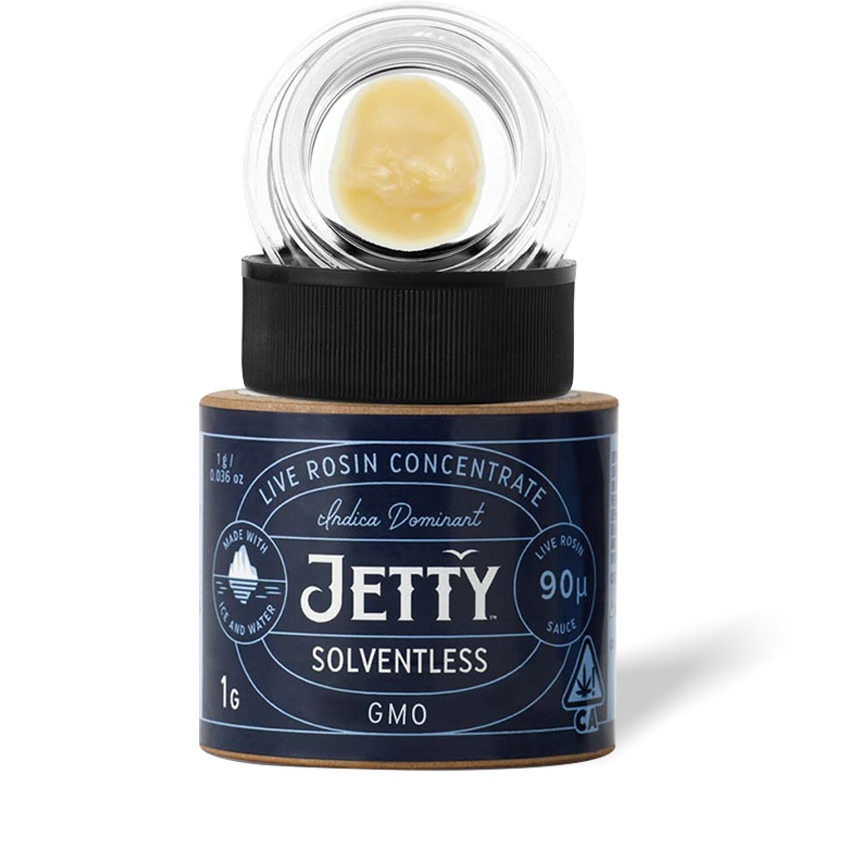
SOLVENTLESS
Solventless, Live Resin, and High THC vapes. The most discreet and convenient way to smoke
Sign Up for a
Chance to Win $500
Lorem ipsum dolor sit amet,
consectetur adipiscing elit
consectetur adipiscing elit
Sign Up for a Chance to Win $500
Lorem ipsum dolor sit amet,
consectetur adipiscing elit
consectetur adipiscing elit
